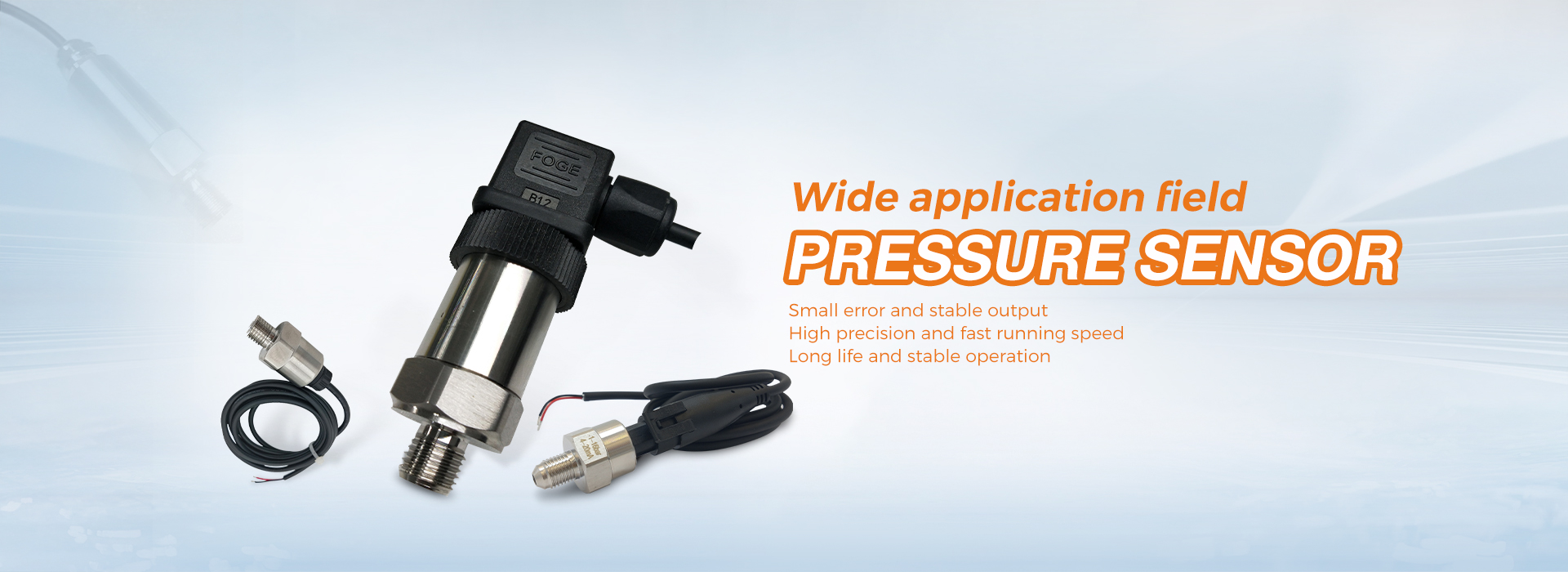1、 Overview of liquid level measurement methods for pressure sensors.
The liquid plane refers to the position of the liquid plane in a sealed container or an open container. By measuring the liquid plane, the quantity of materials inside the container can be determined, thereby adjusting the balance of material flow in and out of the container, ensuring the required materials for each link in the production process, or conducting economic accounting; In addition, by measuring the liquid level, it is possible to understand whether production is proceeding normally, so as to monitor the liquid level of the container in a timely manner, ensure safe production, and guarantee the quality and quantity of the product. Due to the influence of the physical and chemical properties of the measured medium and working conditions, liquid level measurement has always been a relatively weak link in engineering. In order to achieve better automation of the production process, this article proposes a method of using pressure sensors for liquid level measurement.
Common liquid level measurement methods and instruments include differential pressure level gauges, capacitive level gauges, buoyancy level gauges, ultrasonic level gauges, laser level gauges, etc. Compared to the above methods, using pressure sensors for liquid level measurement not only has the advantages of high measurement accuracy, low cost, easy use, and convenient signal transmission, but also can be used for liquid level measurement in sealed and open containers. Its working principle is similar to that of a differential pressure level gauge, but the difference is that it uses different measuring elements and the sensor does not come into contact with the measured medium, making it suitable for using semiconductor sensors.
2、 Measurement system for liquid level measurement of pressure sensors.
The testing system framework includes pressure sensors, signal conditioning circuits, digital conversion interfaces, badge processors, keyboard and display interfaces, communication interfaces, etc. The selection of pressure sensors and the design of signal conditioning circuits were emphasized. Estimate the ZUI large pressure difference that may act on the differential pressure sensor according to equation (4), and determine the range of the differential pressure sensor based on the actual situation. Determine the accuracy level of the pressure sensor based on the requirements of liquid level measurement accuracy, whether a temperature compensation circuit needs to be installed in the chip, or a signal conditioning circuit needs to be installed in the chip. This way, the specific sensor model can be determined.
3、 Precautions for liquid level measurement method of pressure sensor.
② To ensure the long-term stability of the pressure sensor, it is required that the actual position of the sensor be higher than the ZUI high liquid level of the measured medium, and harmful gases are not allowed to enter the sensor;
② If the sensor is close to the measuring instrument, a four wire wiring system can be used; If the sensor is far away from the measuring instrument, a six wire wiring system can be used, which uses voltage feedback to eliminate measurement errors caused by unstable supply voltage. The typical method is ratio measurement.
Due to factors such as environmental temperature, environmental pressure, and medium density, the measurement results must be compensated in some cases to ensure a certain level of measurement accuracy.
Post time: Apr-17-2025



